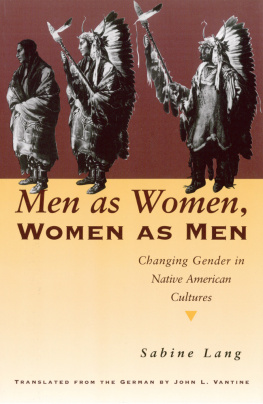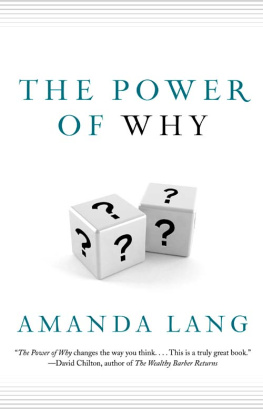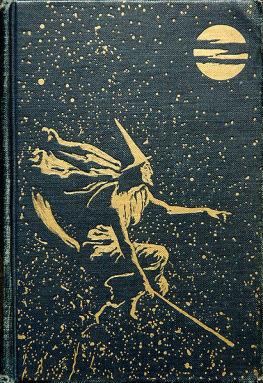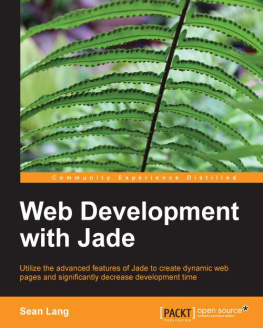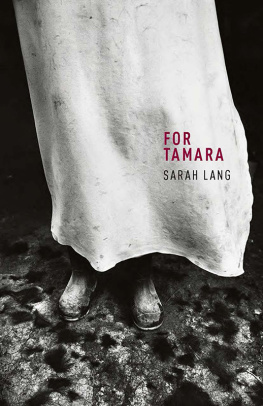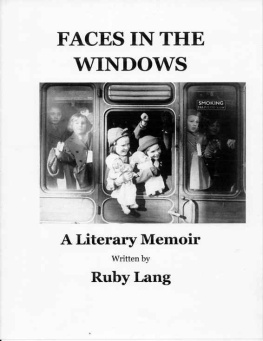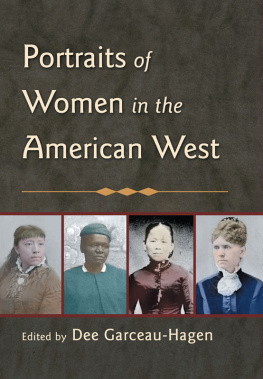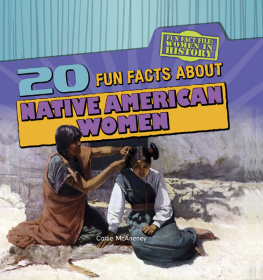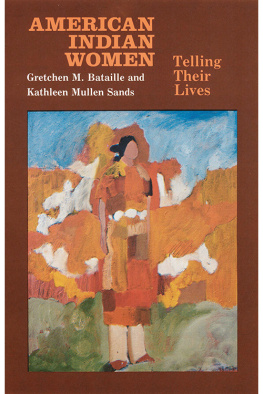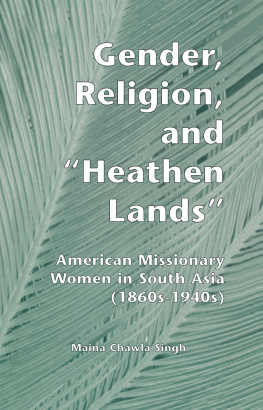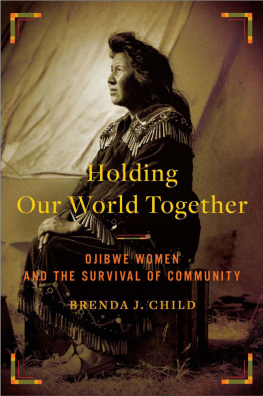Lang - Men as women, women as men: changing gender in Native American cultures
Here you can read online Lang - Men as women, women as men: changing gender in Native American cultures full text of the book (entire story) in english for free. Download pdf and epub, get meaning, cover and reviews about this ebook. City: Austin;Tex, year: 1998, publisher: University of Texas Press, genre: Home and family. Description of the work, (preface) as well as reviews are available. Best literature library LitArk.com created for fans of good reading and offers a wide selection of genres:
Romance novel
Science fiction
Adventure
Detective
Science
History
Home and family
Prose
Art
Politics
Computer
Non-fiction
Religion
Business
Children
Humor
Choose a favorite category and find really read worthwhile books. Enjoy immersion in the world of imagination, feel the emotions of the characters or learn something new for yourself, make an fascinating discovery.
- Book:Men as women, women as men: changing gender in Native American cultures
- Author:
- Publisher:University of Texas Press
- Genre:
- Year:1998
- City:Austin;Tex
- Rating:4 / 5
- Favourites:Add to favourites
- Your mark:
- 80
- 1
- 2
- 3
- 4
- 5
Men as women, women as men: changing gender in Native American cultures: summary, description and annotation
We offer to read an annotation, description, summary or preface (depends on what the author of the book "Men as women, women as men: changing gender in Native American cultures" wrote himself). If you haven't found the necessary information about the book — write in the comments, we will try to find it.
An objective, comprehensive study of Native American women-men and men-women across many tribal cultures and an extended time span.
Men as women, women as men: changing gender in Native American cultures — read online for free the complete book (whole text) full work
Below is the text of the book, divided by pages. System saving the place of the last page read, allows you to conveniently read the book "Men as women, women as men: changing gender in Native American cultures" online for free, without having to search again every time where you left off. Put a bookmark, and you can go to the page where you finished reading at any time.
Font size:
Interval:
Bookmark:
Men as Women, WOMEN AS MEN
TRANSLATED FROM THE GERMAN BY JOHN L. VANTINE
Men as Women,
WOMEN AS MEN
Sabine Lang
Changing Gender in Native American Cultures

University of Texas Press
Austin
Copyright 1998 by the University of Texas Press
All rights reserved
Printed in the United States of America
First edition, 1998
Requests for permission to reproduce material from this work should be sent to Permissions, University of Texas Press, P.O. Box 7819, Austin, TX 787137819.
Library of Congress Cataloging-in-Publication Data
Lang, Sabine.
[Mnner als Frauen, Frauen als Mnner. English]
Men as women, women as men : changing gender in Native American cultures/Sabine Lang; translated from the German by John L. Vantine.
p. cm.
Includes bibliographical references and index.
ISBN 0-292-74700-4 (cloth : alk. paper).
ISBN 0-292-74701-2 (paper : alk. paper)
1. Indians of North AmericaSexual behavior. 2. Indians of North AmericaSocial life and customs. 3. Sex roleCross-Cultural studies. 4. HomosexualityCross-cultural studies. 5. TransvestismCross-cultural studies. I. Title.
E98.S48L3613 1998
305.308997dc21 97-34759
ISBN 978-0-292-79968-4 (library e-book)
ISBN 978-0-292-77795-8 (individual e-book)
To my parents
LIST OF MAPS, TABLES, AND FIGURES
MAPS
TABLES
FIGURES
.
.
Note
(Map of North America after Driver 1961, California Map after Kroeber 1925)
PREFACE
When the German version of this book was published in 1990, the most exhaustive works about those people in Native American cultures commonly referred to as berdaches in anthropological literaturethat is, people who partially or completely take on the culturally defined role of the other sex and who are classified neither as men nor as women, but as genders of their own in their respective cultureswere Callender and Kochems 1983 article, The North American Berdache, Walter Williams book, The Spirit and the Flesh (1986b), and the anthology Living the Spirit, edited by Gay American Indians and Will Roscoe (1988). What was still missing was a monographic work taking into account all the available written sources and the great diversity expressed in them. Callender and Kochems contribution to the subject came closest to accomplishing this task, yet, since it was an article and not a book, its scope necessarily had to be limited. Williams book, on the other hand, was the first monograph on the North American berdache, as well as similar phenomena in cultures outside North America. Williams (1986b:4), however, explicitly focuses on those societies which, at least aboriginally, provided berdaches a respected status. While this is a legitimate approach, it results in a one-sided picture of the role and status of berdaches in Native American cultures, leaving the reader with the impression that being a berdache in those cultures was a universal, timeless, and blissfully primeval experience (cf. Jacobs, Thomas, and Lang, 1997a).
As I point out in more detail in the introductory chapters to follow, the present book attempts to demonstrate and discuss the great variety of roles and statuses that have been subsumed under the term berdache. In some Native American cultures, for example, male-bodied berdaches traditionally (that is, in the pre-reservation and early reservation periods) were held in high esteem as medicine persons endowed with special powers, but in other cultures their roles and statuses apparently were far more secular and less esteemed. Although berdaches of both sexes were certainly not universally highly revered individuals to whom special supernatural potential was attributed, they seem at least to have been accepted in almost all Native American cultures in which they have been reported to exist. The present book was written to explore these rolestheir cultural construction, expression, and contextin depth and in detail. Such an encyclopedic work on the subject in English is still lacking, although since 1990 a few articles (such as Fulton and Anderson 1992; Jacobs and Cromwell 1992; Roscoe 1994; Schnarch 1992) and two monographs (Roscoe 1991, on the famous Zuni lhamana, Wewha, and Trexler 1995) have appeared in print.
When I presented some of the results of my research during the annual meeting of the American Anthropological Association in 1991, Theresa J. May, assistant director and executive editor of University of Texas Press, became interested in my work. We agreed that I should find a translator and funding to pay him or her, and then submit a translated version of Mnner als Frauen, Frauen als Mnner to be considered for publication by University of Texas Press. Funds for the translation were made available by the California Institute of Contemporary Arts, and John L. Vantine, who is a linguist as well as an anthropologist specializing in Plains archaeology and anthropology, agreed to translate the book into English. When going through the translation after it was finished, I made minor changes wherever I felt that there was need for a small addition or clarification. Substantively, the text corresponds to the German original.
This book is an ethnohistoric work about the past. While doing library research and writing the dissertation, however, I became interested in the present. Thus, my work on the North American berdache has continued since I completed the German version of this book, Mnner als Frauen, Frauen als Mnner. In 1992 and 1993, I embarked on a fieldwork project on gender variancedefined by Jacobs and Cromwell (1992:63) as cultural expressions of multiple genders (i.e., more than two) and the opportunity for individuals to change gender roles and identities over the course of their lifetimesin contemporary Native American communities (Lang 1996). Some of the results of this research have already been published (e.g., Lang 1994, 1995, 1996, 1997a), and the bulk of the results, including lengthy excerpts from taped conversations, will be published as a monograph.
Soon after I started to talk to Native American people about the research I was planning to conduct, two things became apparent. First, in most Native American communities both on and off the reservations, the roles and statuses explored in the present book had disappeared by the 1930s or 1940s (with some exceptions, such as the winkte interviewed by Williams in the early 1980s and some people I interviewed who identified with the gender variance traditions of their respective cultures). Second, many Native Americans have become increasingly disenchanted with the term berdache. Williams (1986b:9f.), whose book circulates widely among Native American gays, lesbians, and people who identify themselves as being of a gender other than woman or man within cultural constructions of multiple genders, has pointed out that the word berdache derives from an Arab term that means male prostitute or catamite (Angelino and Shedd 1955).
I also learned that the term two-spirit (or two-spirited) has come into general use in the urban Native American gay and lesbian communities. According to Anguksuaq (in press), the term originated in 1989 during an international/intertribal gathering of gay and lesbian Native Americans. Native American lesbians and gays have long been struggling to find an identity and self-identifying terms appropriate to themterms reflecting both their sexual orientation and their specific ethnic heritage (Gay American Indians and Roscoe 1988; Jacobs, Thomas, and Lang 1997a; Lang 1994, 1995). Since those individuals usually called berdaches in anthropological writings often entered into relationships with partners of the same (biological) sex, many urban gay and lesbian Native Americans have come to view themselves as continuing the traditions of gender variance that once existed in most Native American cultures (see Burns 1988). The term two-spirit reflects the combination of masculinity and femininity that was often attributed to males in a feminine role and females in a masculine role in the tribal societies. In the tribal societies, however, such a combination of the masculine and the feminine manifested itself in very tangible ways, whereas contemporary Native American gays and lesbians regard the combination of masculine and feminine potentials as a more abstract, spiritual quality inherent, or inborn, in homosexual individuals. Hence, I suppose, the term two-spirited and not two-gendered.
Next pageFont size:
Interval:
Bookmark:
Similar books «Men as women, women as men: changing gender in Native American cultures»
Look at similar books to Men as women, women as men: changing gender in Native American cultures. We have selected literature similar in name and meaning in the hope of providing readers with more options to find new, interesting, not yet read works.
Discussion, reviews of the book Men as women, women as men: changing gender in Native American cultures and just readers' own opinions. Leave your comments, write what you think about the work, its meaning or the main characters. Specify what exactly you liked and what you didn't like, and why you think so.

